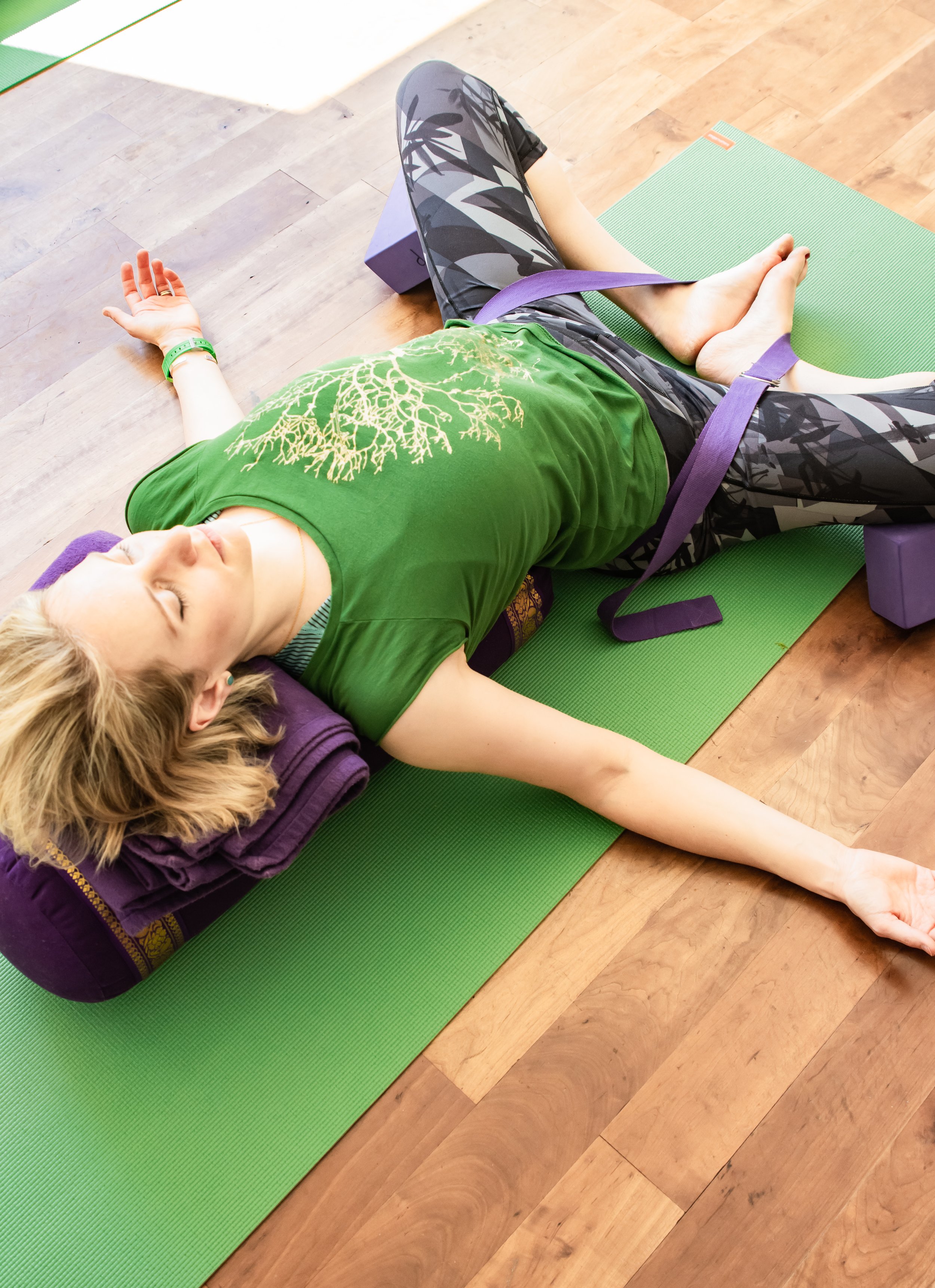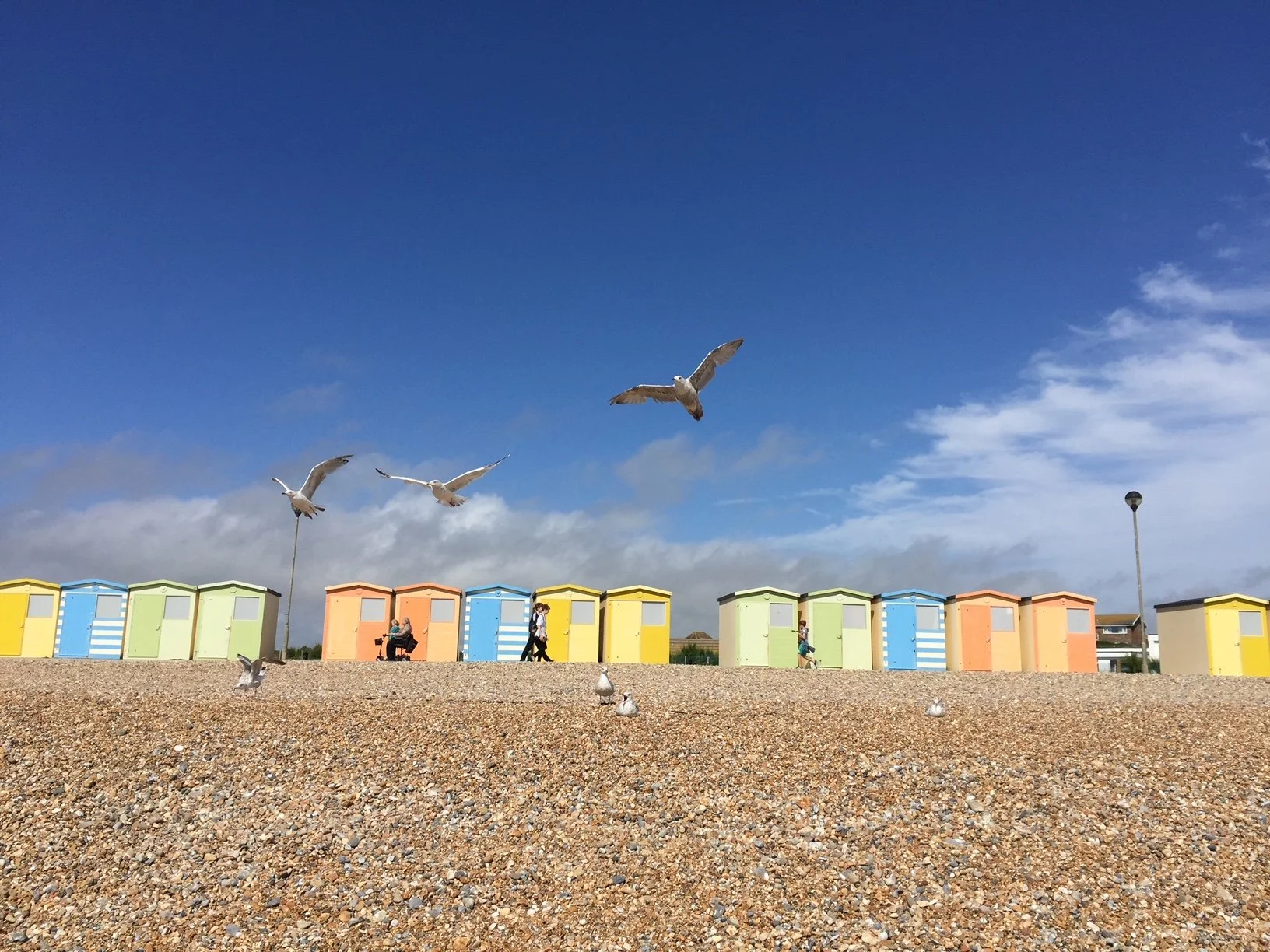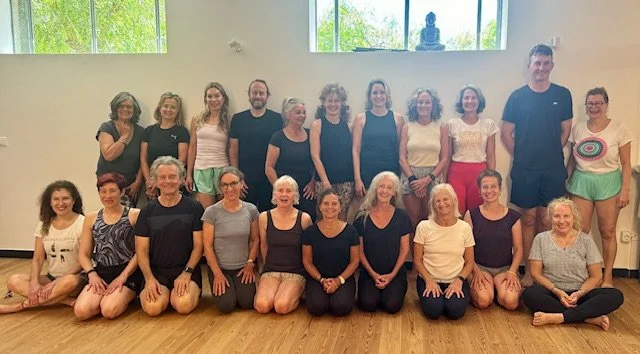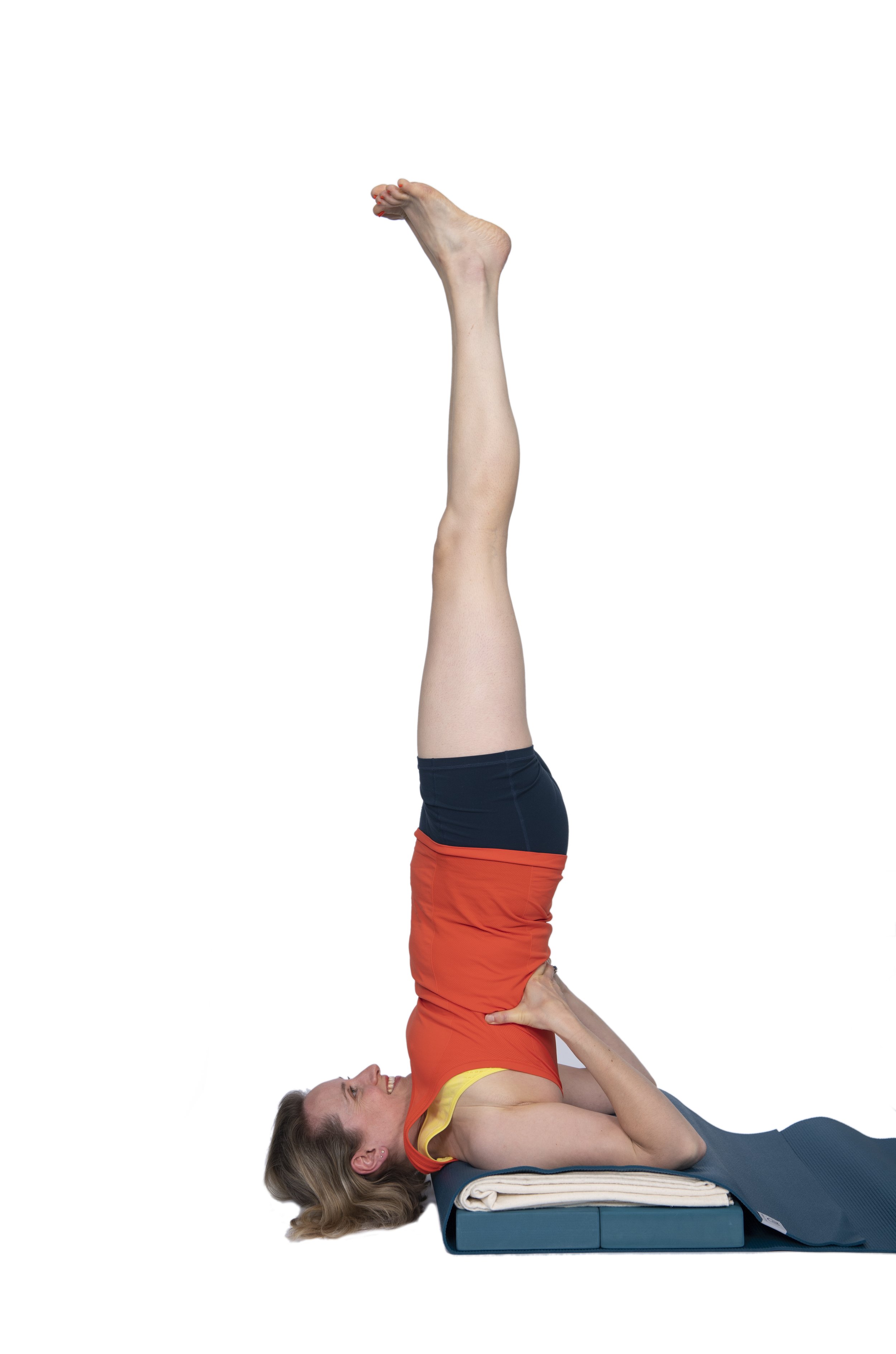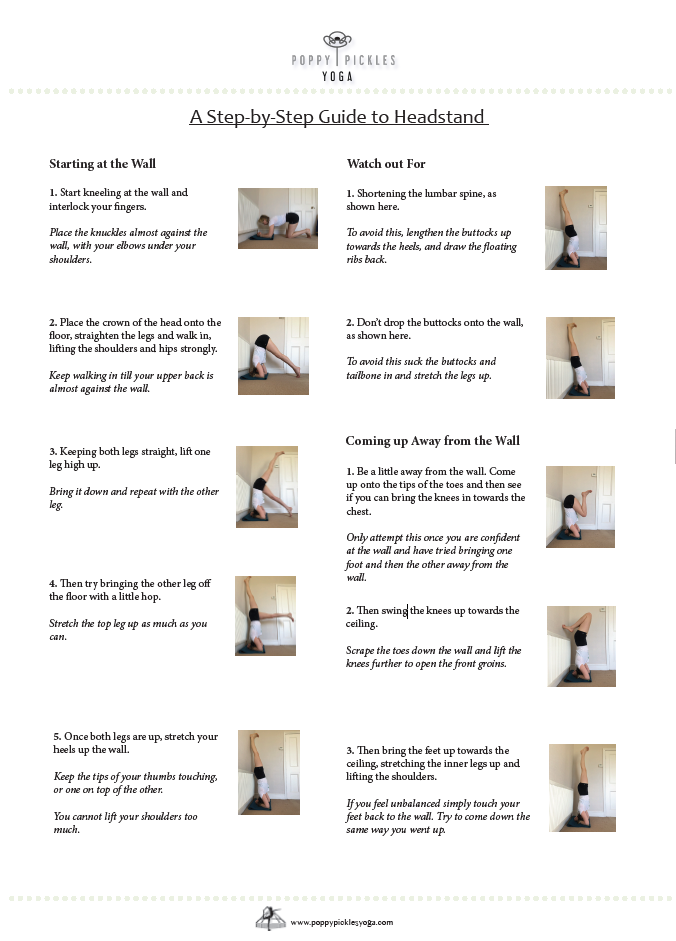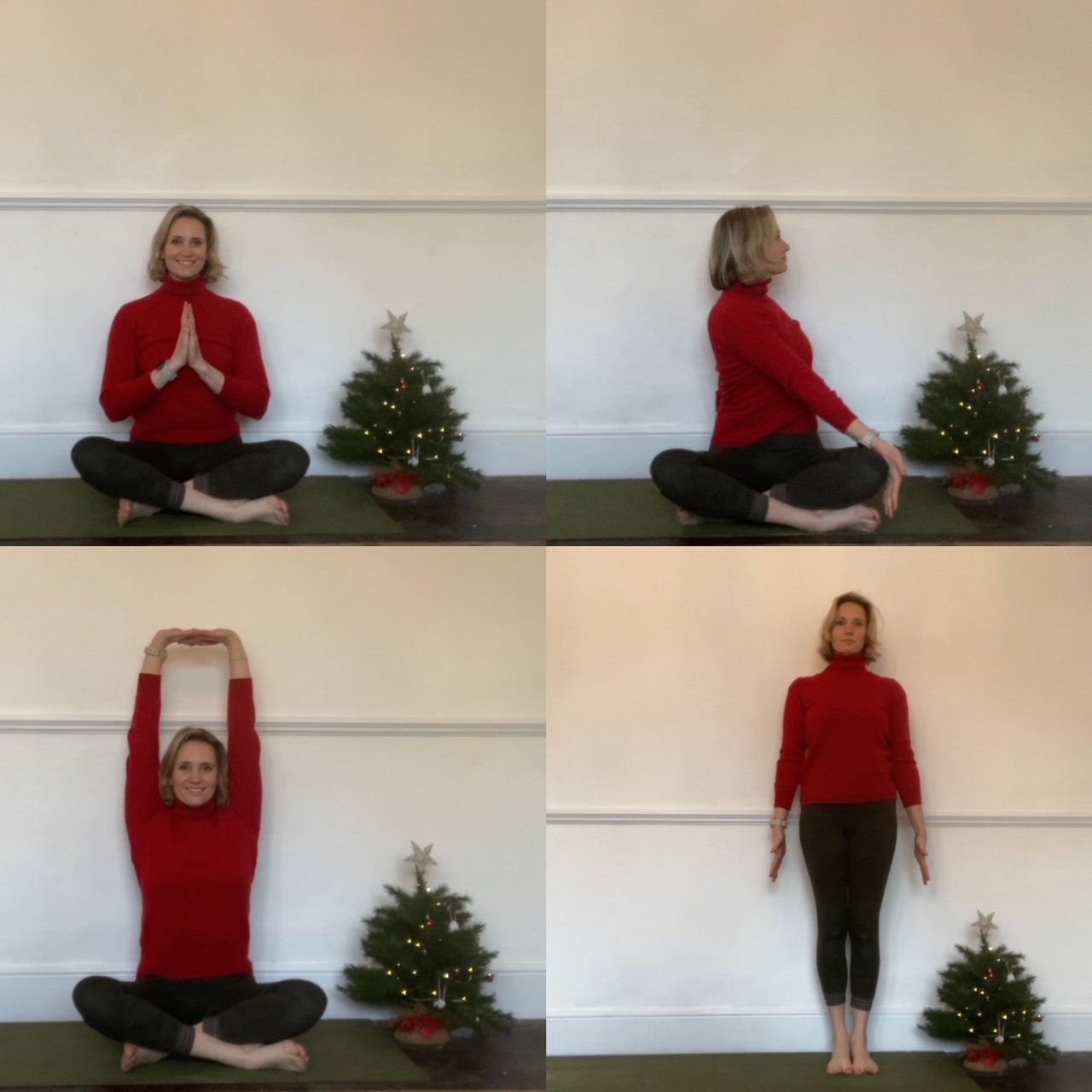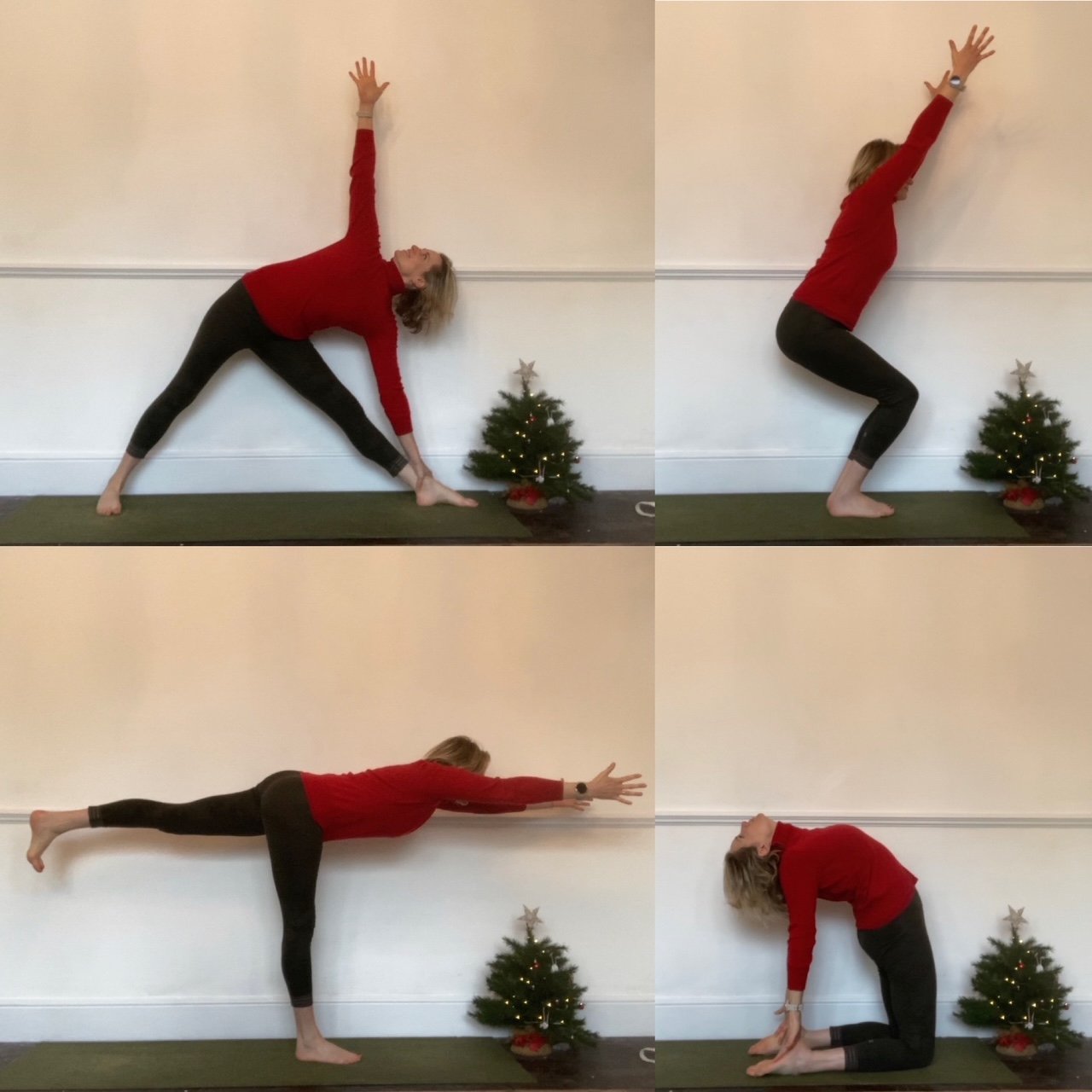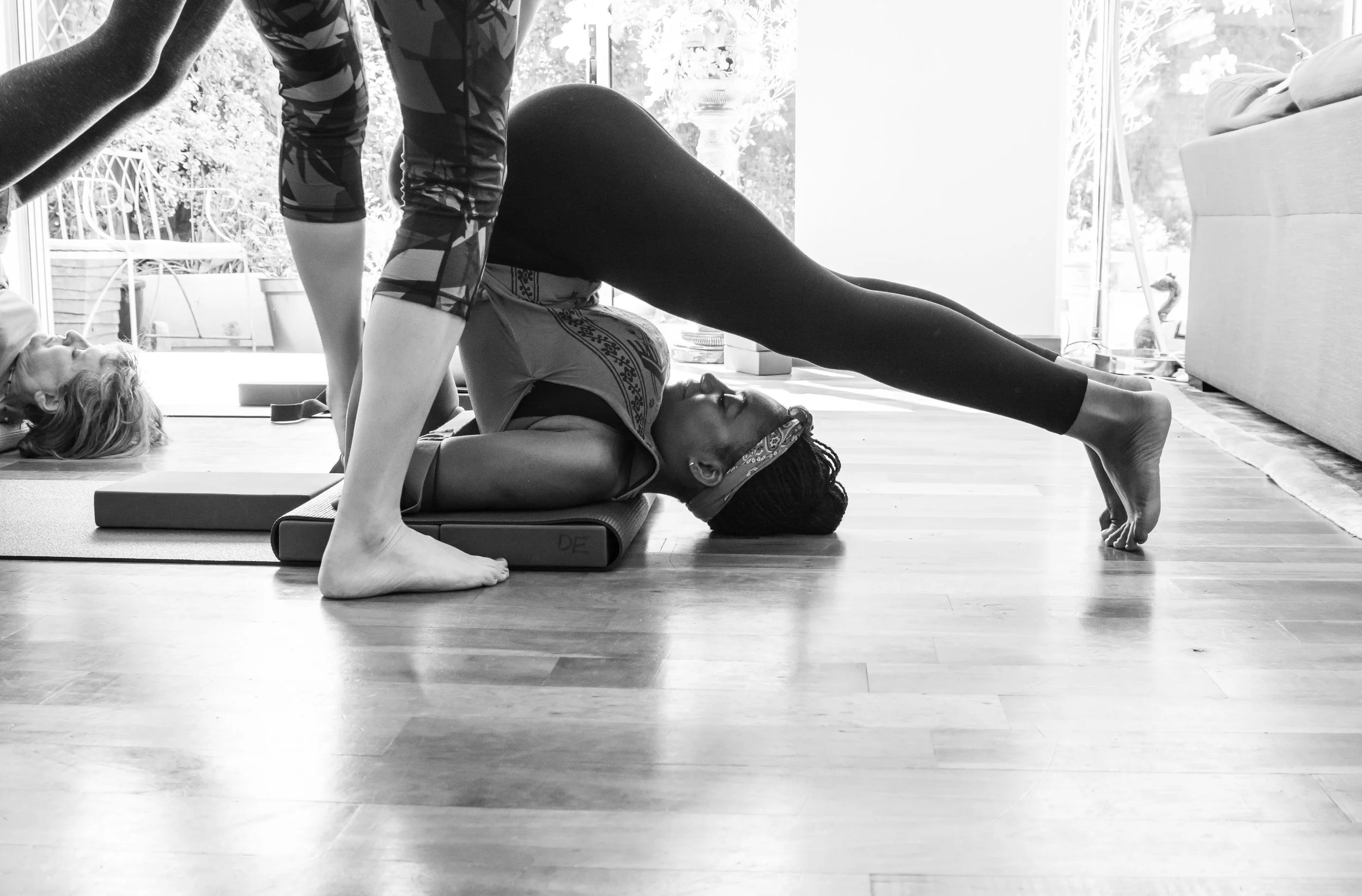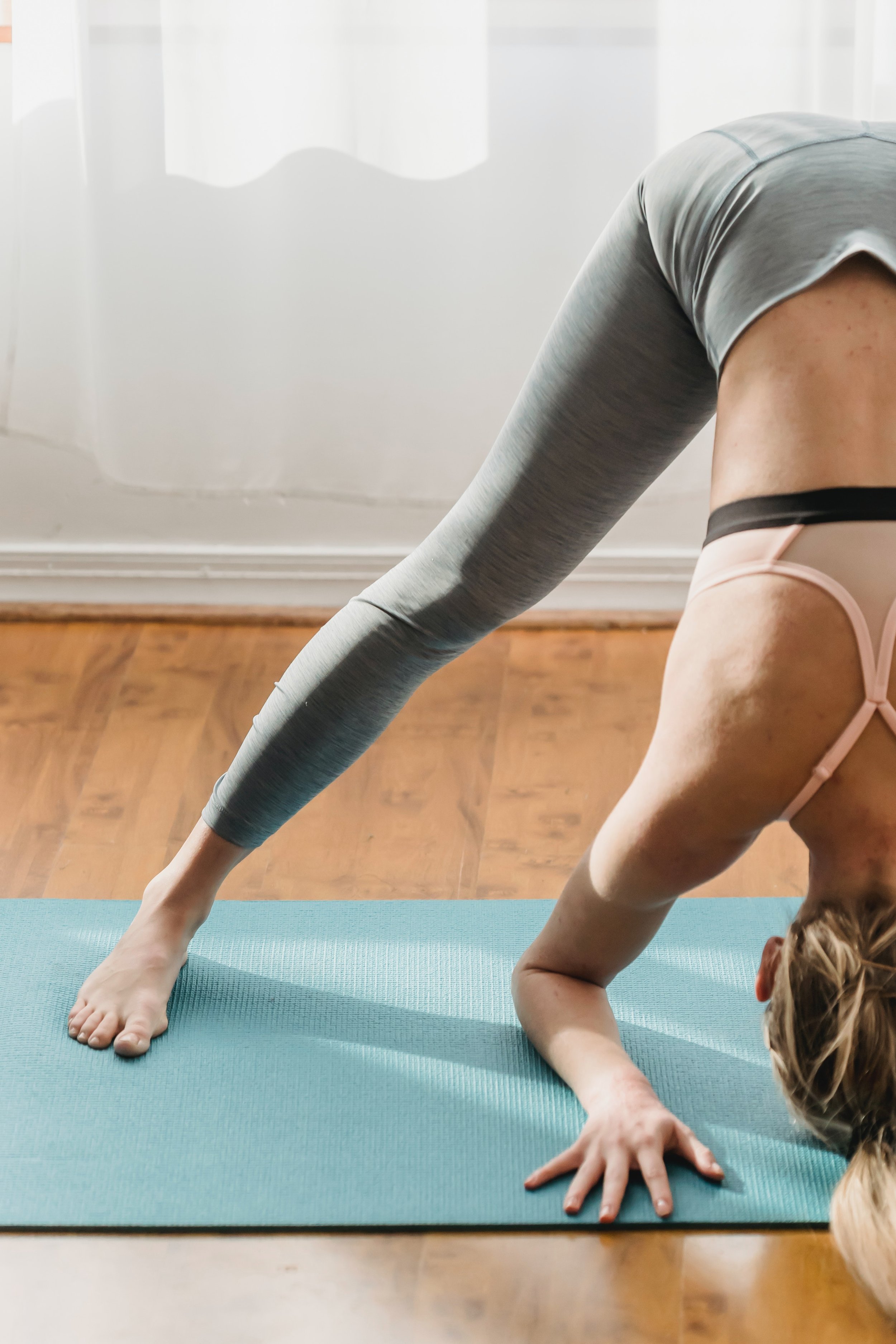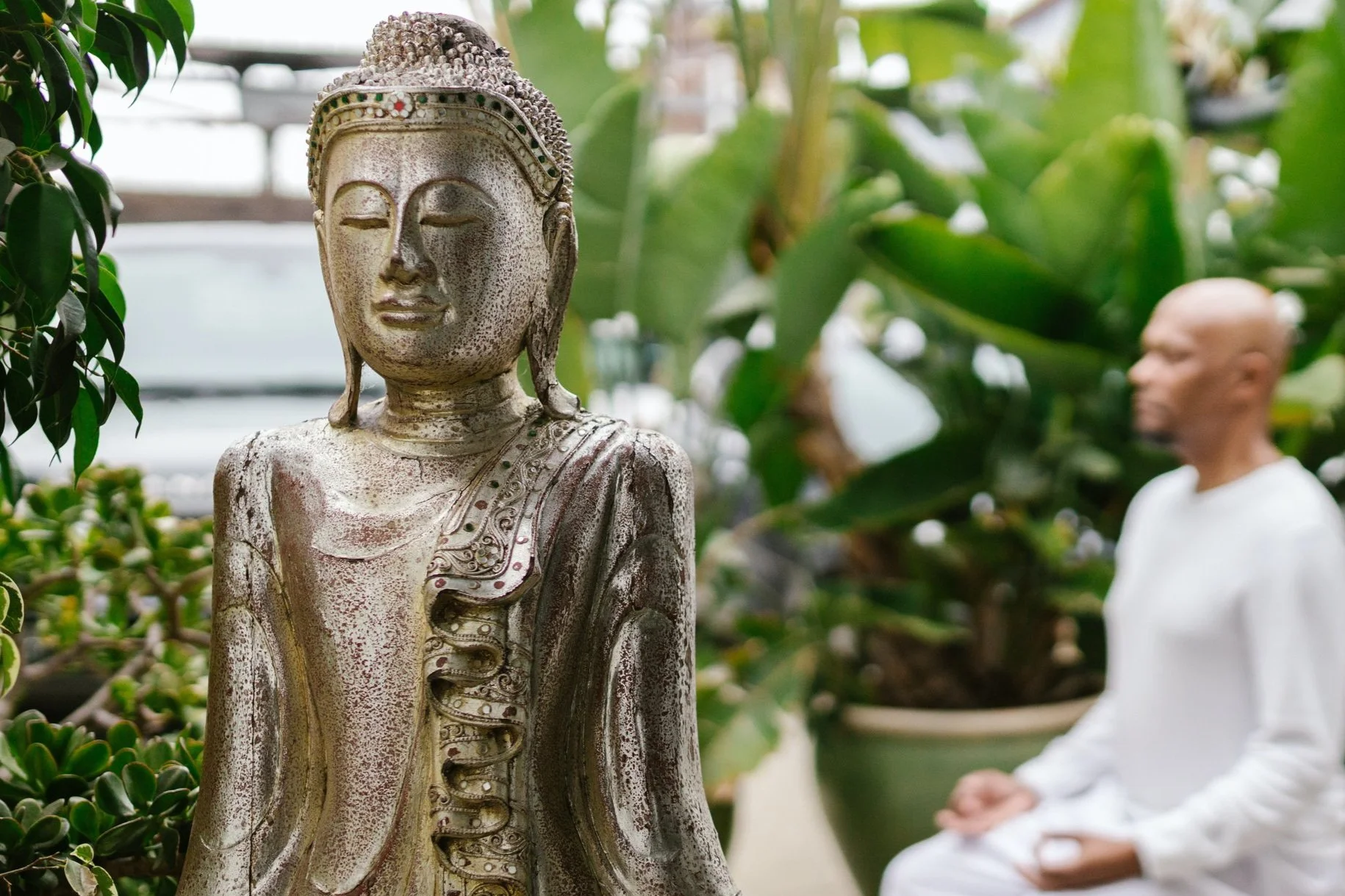When we think of being well, we tend just to think of just our physical health, but there is much more to holistic wellness.
Holistic is an adjective meaning ‘whole’, so where a doctor would focus on physical health, a psychologist on mental health, and a priest or rabbi on spiritual health, holistic wellness focuses on every aspect of wellness.
Developed by Dr Bill Hettler, co-founder of the National Wellness Institute, the Six Dimensions of Wellness encompass emotional, occupational, physical, social, intellectual and spiritual health.
Where does yoga fit in?
The six dimensions of wellness are a great tool for thinking about our health as a whole, and not just in separate parts.
We understand physical wellness, but what about the lesser-known aspects of social wellness, or occupational wellness?
Let’s take each aspect of wellness in turn and see how yoga can contribute to our holistic health.
Physical – this is what we most often think of when we think of being ‘well’. This dimension takes in regular exercise, and physical activity, positive dietary habits and avoiding alcohol, tobacco and other stimulants. For most of us, we begin coming to yoga classes as a way to enhance our physical wellness. The yoga poses are invigorating, strengthening and help with mobility and balance. And the great thing about Iyengar yoga is that there is a ‘whole body’ approach to movement. The different focuses of the classes each week mean that all aspects of movement are covered. The use of props in Iyengar yoga also helps to focus on what each body CAN do and not what it can’t.
Emotional – having a healthy emotional life is firstly about having awareness of our feelings. In a busy and distracted world, we often don’t give ourselves the time to feel our feelings, let alone process them. Yoga provides a space to tune into our emotional selves. Through the opening of the body, we learn to open the emotional centre too.
Social – human beings are social creatures and it’s so easy to underestimate the importance of feeling part of a community. This dimension’s importance was highlighted during the Covid pandemic. Social isolation can lead to serious mental and physical health problems and should be taken seriously. The simple commitment of coming to a yoga class every week provides a regular community of like-minded people. There is also the global Iyengar yoga community, which provides a common link, and aids a sense of unity so needed these days.
Intellectual – our minds need to be stretched and exercised just as much as our bodies do. A well person works to expand their knowledge and skills and is always excited to learn and create. Iyengar yoga is endlessly creative. As a teacher it’s so interesting constantly creating new yoga sequences which find new ways to unlock the yoga poses. For students the challenges of learning about how their trapezius muscles move, how to turn the inner upper arm out and so on are just as much about the intelligence of the mind as the intelligence of the body.
Occupational – this dimension recognises the fulfilment that can be achieved through work. I have to admit that this is a niche dimension as this mainly applies to me! Being a yoga teacher is a wonderful vocation. It may not earn me the big bucks, but it is a job that keeps me physically challenged, always learning, and in the very best company. The best reward is hearing how yoga benefits my students, for example, this week a student said that she’d arrived at the class with a stiff lower back and by the end of the session it felt completely better. It doesn’t get better than that!
Spiritual – this dimension doesn’t mean you have to be religious, but it recognises the deep human need to search for meaning in our existence. You are spiritually well when your actions become consistent with your values and beliefs. As well as being a framework for physical wellness, the eight limbs or strands of yoga include the ethical and moral guidance given in the ‘yamas and niyamas’. These include truthfulness, self-study, contentment and non-violence. But even without knowing about these ethical codes, yoga has a spiritual component that works without any effort on our part. The movement inwards, the focus on the breath and the stillness at the end of each class create a small space for the spirit in all of us.







